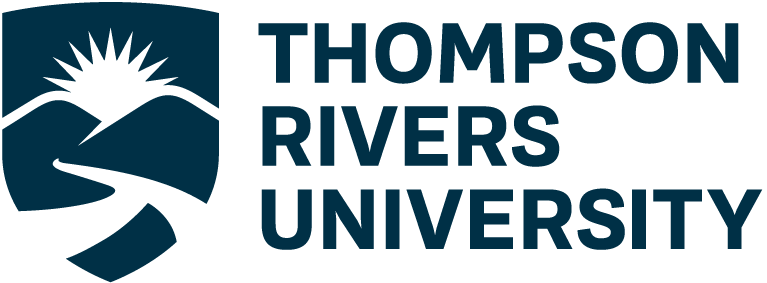Podcasting
TRU Open Learning can effectively use podcasts as a versatile and engaging educational tool, enhancing student learning, engagement, and comprehension. In order to integrate podcasts into learning, the following guidelines should be considered:
- Diversify Podcast Content: Avoid simply converting textual information into audio format. Instead, use podcasts for deeper understanding, conduct interviews, or navigate new perspectives. This approach adds value to the learning experience and engages students in various ways.
- Optimize Podcast Length: Create longer podcasts, as audio files are convenient to access during day-to-day activities. Longer podcasts provide ample time for in-depth exploration of topics and accommodate the preferences of busy individuals who prefer audio learning. In addition, shorter versions can also be helpful for quick revisions.
- Podcast Diversity: Cater to a wide range of interests and learning styles, covering topics including science, history, literature, etc. to make the learning experience more captivating and enriching for students.
- Incorporate Expert Interviews: Facilitate one-on-one conversations and interviews with professionals and experts in relevant fields. These interviews serve to bridge the gap between theoretical knowledge and real-world applications, offering students valuable insights into how theoretical principles are applied in the professional world.
Media Attributions
The featured image was created by Jung-Lynn Jonathan Yang under a CC BY-NC-ND 4.0 license.

